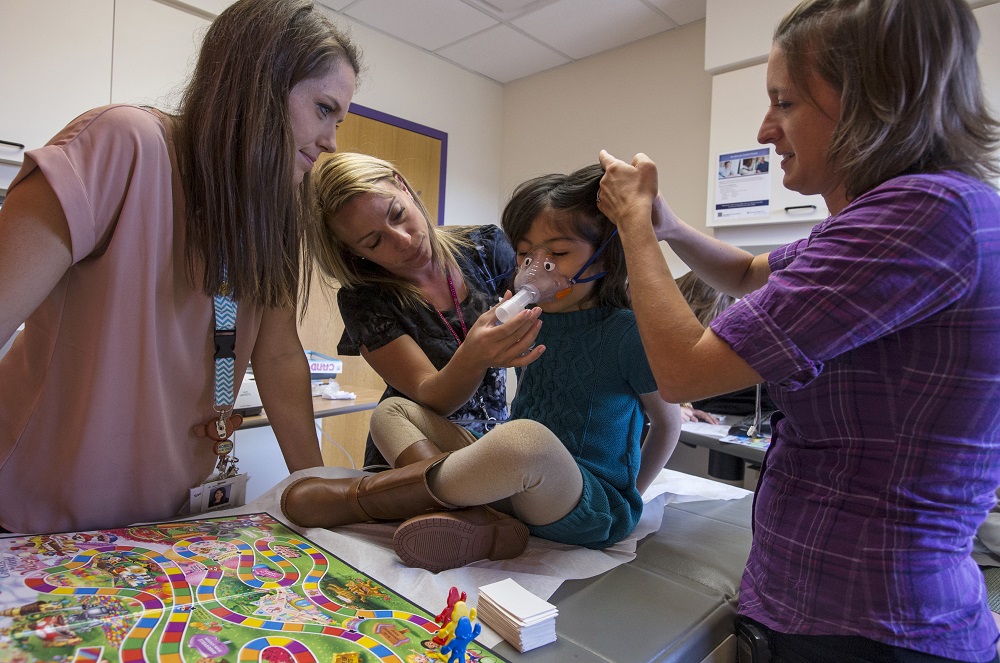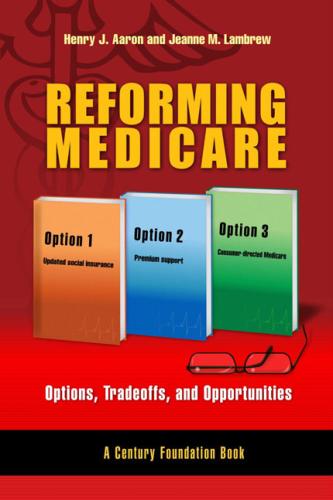Executive Summary
With today’s emphasis on population health strategies to address “upstream” factors affecting health care, such as
housing and nutrition deficiencies, there is growing interest in the potential role of hospitals to be effective leaders
in tackling upstream factors that influence health, social and economic wellbeing. This paper explores the potential
of hospitals to be such hubs by examining the experience of Washington Adventist Hospital (WAH), a community
hospital in Maryland.
WAH is a particularly interesting example for several reasons. For instance, it is in a state with a health care
budgeting approach and an enhanced readmissions penalty system that provides strong incentives for community
outreach. The Adventist HealthCare system’s mission statement also emphasizes community care. Moreover WAH
has aggressively undertaken a range of community initiatives. These include partnerships with an organization to
help discharged patients to sign up for social services and benefits, and with local church and faith community
nurses programs, a “hotspots” approach to tackle safety and other issues in housing projects with a high incidence
of 911 calls, and a proposed housing initiative with Montgomery County, Maryland, to address the transition needs
of homeless patients.
The WAH experience highlights several challenges facing hospitals seeking to be community hubs. Among these:
- The full impact of a hospital’s community impact – especially beyond health impacts – is rarely measured and
rewarded, leading to insufficient incentives for hospitals to realize their full potential. - Creative approaches require regulatory and budget flexibility, especially at the state and county level, which is
often lacking. - Data sharing is needed for effective partnerships, but interoperability problems and privacy laws hamper this.










